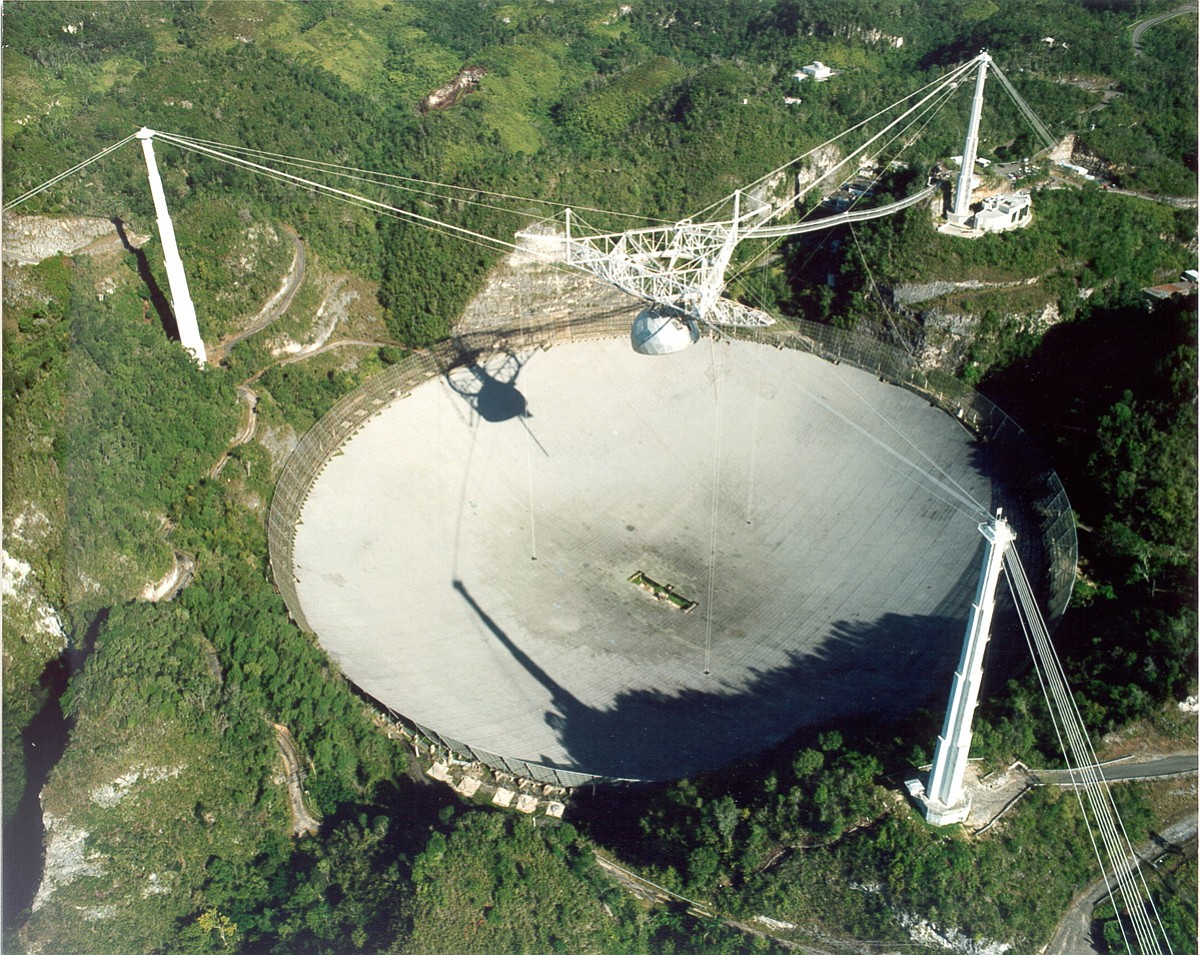Call? Wait? Movies offer little guidance
Astronomers debate whether it would be wise to send signals into the universe, looking for extra-terrestrial life. Some argue we'd be asking for trouble. Such is the dilemma wrestled with in movies, where aliens sometimes come in peace -- and often do not:
Good alien: E.T. Cute, finger-glowing creature who like Reese's Pieces. Just wants to phone home.
Bad alien: The creatures of "Alien." Lizard-like with daggers for teeth. With a propensity for protruding from stomachs, they will kill your appetite, too.
Good alien: Yoda. Wise, Jedi master. Only a threat to the Dark Side or to the syntactically sensitive, he is.
Bad alien: Predator. Ugly, lethal hunters with thermal vision who prey on action stars and return again and again in increasingly questionable installments.
Good alien: The blue Na'vi of "Avatar." Tall, lithe and wondrous creatures, though blurry without 3-D glasses.
Bad alien: The invaders of "Independence Day." Exploders of the world's metropolises, yet susceptible to chest-thumping patriotism, Will Smith.
Good alien: David Bowie in "The Man Who Fell to Earth." A pale, red-haired lover of women and alcohol. He still lives among us.
Bad alien: The spindly machines of "War of Worlds." Human-vaporizing intruders who will turn Earth red and inspire dubious radio broadcasts.
Good alien: Superman. The ultimate space messiah. Questionable fashion sense, though.
Bad alien: The Bodysnatchers. They came to consume us and steal our precious resources, like Donald Sutherland.
-- Jake Coyle, Associated Press



